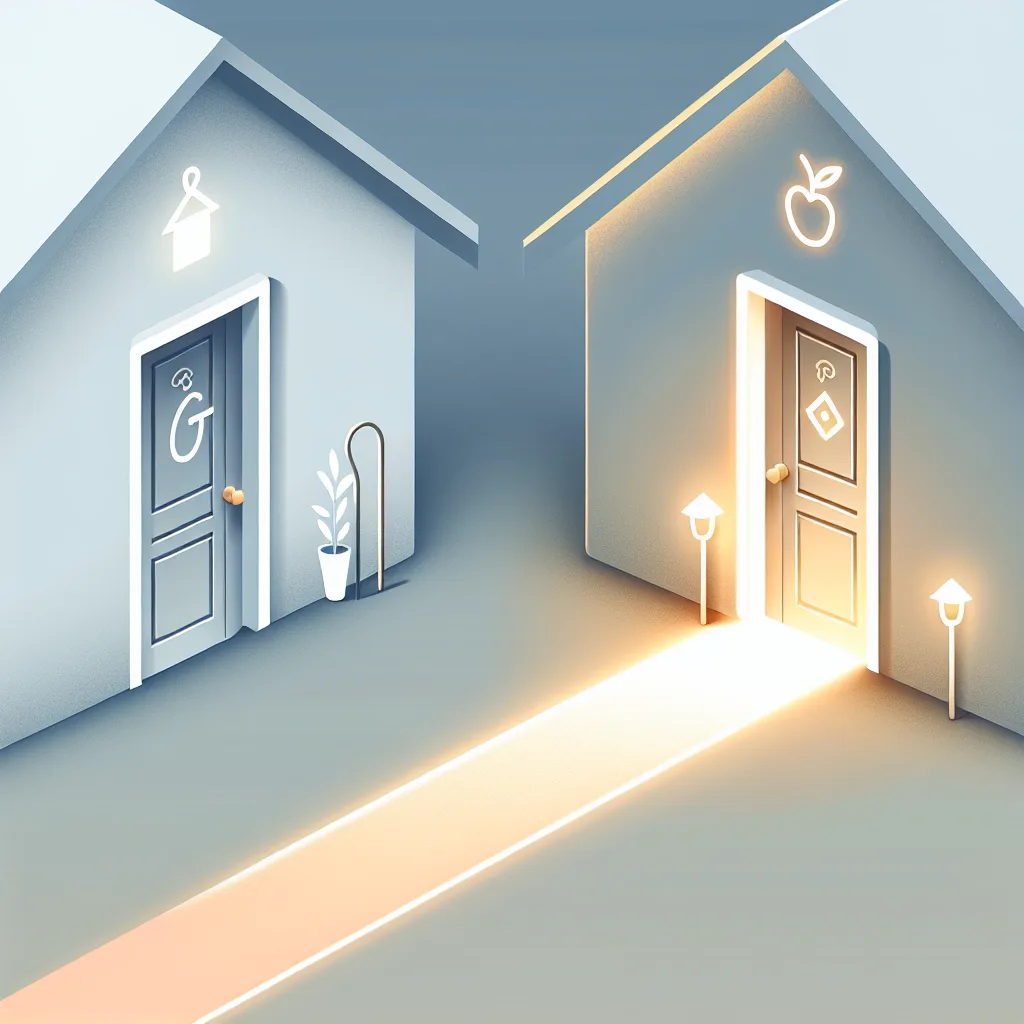Stop the frustration. Here’s how to find smart devices that work perfectly with both Apple and Google ecosystems in 2025.
So, you’re standing in the middle of your living room, phone in hand, caught in a tech tug-of-war. On one side, you have Google Assistant, maybe built into your TV or an old speaker. On the other, you’ve got your iPhone, ready to ask Siri to do your bidding with HomeKit. The big question is: how do you get them to play nice? Finding devices that work with both Google Home and HomeKit can feel like a frustrating quest, but I promise, it’s not impossible.
It’s a situation I’ve seen friends get into all the time. You buy a smart plug from a big box store, the packaging is covered in logos, and it seems like the perfect solution. You get it home, try to set it up, and boom—you’re forced to choose a side. It turns out, enabling it in the Google Home app mysteriously disables the HomeKit function, or vice-versa. It’s enough to make you want to return the whole lot and stick with old-fashioned timers.
But what if you didn’t have to choose? What if you could have a truly blended smart home where both systems coexist peacefully? You absolutely can. It just takes a little know-how and picking the right gear from the start.
The Challenge with Smart Home Compatibility
The core of the problem is that for a long time, smart home ecosystems were like walled gardens. Apple wanted you in its HomeKit garden, Google wanted you in its Google Home garden, and Amazon had its own Alexa-themed park. They didn’t have much incentive to cooperate.
This often leads to confusion on store shelves. A product might technically support both, but the setup process is clunky, or as you might have discovered, it’s an either/or situation. This is especially true for older devices. You link it to one account, and it locks out the other. Thankfully, the industry is moving in a much better direction.
Finding Thermostats and Plugs for Google Home and HomeKit
Let’s talk about the gear. If you’re looking for smart devices that genuinely work across both platforms without wanting to tear your hair out, here are a few things to look for.
For Smart Thermostats:
You mentioned ordering an Ecobee, and you might be worried about canceling it. Let me put your mind at ease: don’t. Ecobee thermostats are one of the best choices for exactly this situation. They have a long history of robust, native support for multiple platforms, including Apple HomeKit, Google Assistant, and Amazon Alexa. You can set it up and it will appear in both your Google Home and Apple Home apps, ready for commands from either assistant. You can check out their full range of features and compatibility on the official Ecobee website. They are fantastic for creating the exact kind of automations you’re looking for, like adjusting the temperature when you leave the office.
For Smart Plugs:
The smart plug situation can be a bit more of a minefield, as your experience showed. The key is to look for brands that are committed to open standards. While many brands are getting better, some are known for being particularly good at cross-compatibility. Brands like TP-Link Kasa and Meross often have models that work well with both systems. Your best bet is to look for one specific word on the box: Matter.
The Real Solution: Why “Matter” Matters for Google Home and HomeKit
If you see a “Matter” logo on a smart home product, buy it with confidence. Matter is a new smart home standard developed collaboratively by Apple, Google, Amazon, and hundreds of other companies. Its entire purpose is to solve this exact problem.
Think of Matter as a universal language that all smart devices can speak. When a smart plug or thermostat supports Matter, it doesn’t care if you’re using an iPhone or a Google-powered TV. It will connect to both simultaneously and seamlessly.
This means:
* Simple Setup: You can often set up a Matter device by scanning a single QR code.
* True Interoperability: It will appear in your Apple Home app and your Google Home app at the same time. No more choosing sides.
* Future-Proof: This is the direction the entire industry is heading, so buying Matter-certified gear is a safe bet for the long haul.
You can learn more about the technical side and the companies involved on the official Matter website.
Setting Up Those Cool Automations
Once you have your dual-platform devices, setting up the automations you want is the fun part. You wanted your lights to turn on before sunset and off at midnight for security? And for the AC to kick on as you head home?
You can do this in either app!
* In Apple Home: You can create an “Automation.” For example: “When the last person leaves home, turn off the AC.” Or a time-based one: “At 30 minutes before sunset, turn on the Living Room Light.”
* In Google Home: You can build “Routines.” This includes a “Household Routine” for when you’re away, such as the “Away” routine that can adjust the thermostat and lights. You can also create custom routines triggered by time of day or your location.
Because your Ecobee and a Matter-enabled smart plug will show up in both apps, you can control them from wherever you’re most comfortable. And overriding them is as simple as telling Siri or Google Assistant to change the temperature or turn on a light, which is way easier for you or a house-sitter than fiddling with a complex programmable thermostat schedule.
So take a deep breath. Building a smart home that embraces both Google Home and HomeKit is easier than ever before. Just keep an eye out for trusted brands like Ecobee and, most importantly, that little “Matter” logo. Your perfectly automated, non-frustrating smart home is well within reach.
